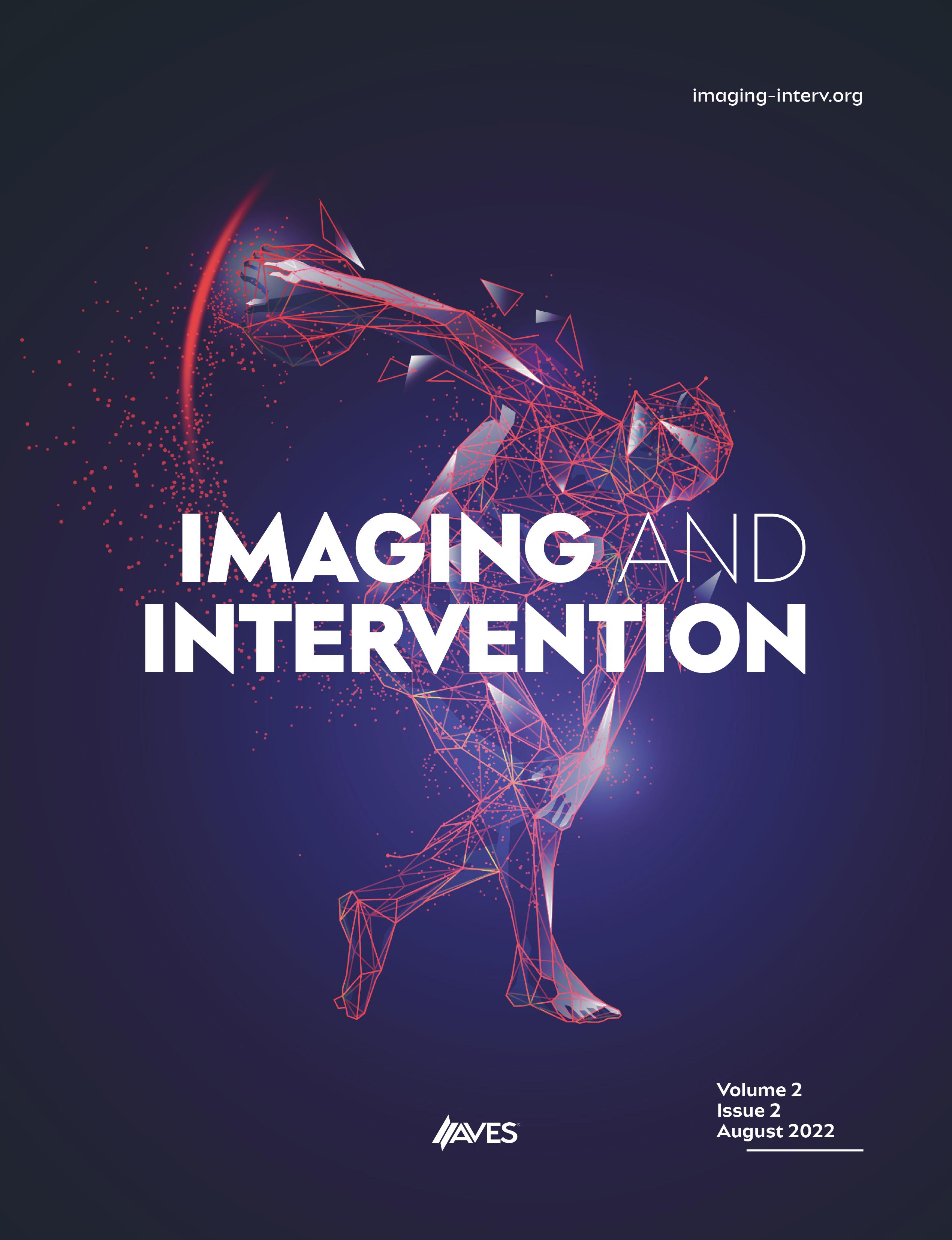Background: Although most thyroid nodules with indeterminate cytology (Bethesda III/IV) are benign, they represent a manage- ment dilemma possibly leading to unnecessary surgery. This study aims to evaluate the role of magnetic resonance imaging inthe risk stratification of thyroid nodules with indeterminate cytology.
Methods: Patients scheduled for thyroidectomy for thyroid nodules with indeterminate cytology were prospectively enrolled.Diffusion-weighted images and T2-weighted images were obtained. Apparent diffusion coefficient values and T2-weighted sig- nal intensities of thyroid nodules, normal thyroid parenchyma, muscle tissue, and spinal cord were recorded.
Results: In the final analysis, 17 nodules (5 malignant and 12 benign) were included. Apparent diffusion coefficient values, nodule- to-spinal cord apparent diffusion coefficient ratio, and nodule-to-muscle T2 signal intensity ratio were significantly lower inmalignant nodules (P = .019, P = .019 and P = .037, respectively). Using a threshold of 1.570 ×10−3 mm2/s, nodule apparent diffusioncoefficient value had a sensitivity of 100%, specificity of 75%, positive predictive value of 62.5%, negative predictive value of 100%, and an accuracy of 82.4%. At a threshold of 3.831, nodule-to-muscle T2-weighted signal intensity ratio had a sensitivity of 100%, specificity of 50%, positive predictive value of 45.5%, and negative predictive value of 100%. If falling under both of thesethreshold values was required for the diagnosis of malignancy, then the sensitivity and negative predictive value would remainunchanged at 100%, but there would be an increase in specificity, positive predictive value, and accuracy to 83.3%, 71.4%, and 88.2%, respectively. Furthermore, 83.3% (10/12) of benign nodules could have been spared from unnecessary surgery.
Conclusion: Magnetic resonance imaging is a very sensitive tool for discriminating benign from malignant thyroid nodules with indeterminate cytology and it may spare patients from unnecessary surgery.
Cite this article as: Awiwi MO, Teksöz S, Akbaş S, Gjoni M, Kızılkılıç O. Should we use magnetic resonance imaging for thyroid nodules with indeterminate cytology? Imaging Interv. 2022;1(3):52-60.


